Tips for Hiking Alone: Adventuring Solo Is Just As Fun
Whether you’re a seasoned hiker, or just starting to become interested in the great outdoors, you’ve probably given a lot of thought to going solo. This is both a great and a bad idea, but if you’ve ever considered it even half-seriously, then it’s an idea worth making a reality.
[the_ad_group id=”21″]
Just so you don’t do it completely on your own, we prepared a list of tips for hiking alone, as well as a short list of advantages and drawbacks of doing it. As you’ll see, we made sure there’s a little something for everyone.
Benefits of Hiking Alone
Regardless of whether you’re new to hiking, or have years of experience under your belt, if you get the itch for going alone, scratch it! Sure, there are both good sides and bad, but you’ll find that the former outweigh the latter by a wide margin.
For a start, the solitude will do wonders to your mental health. It will provide you with an efficient outlet for dumping stress, allowing you to unwind and save your sanity, in a matter of speaking. There’s also the fact that it helps you stay fit, but that’s just an added bonus.
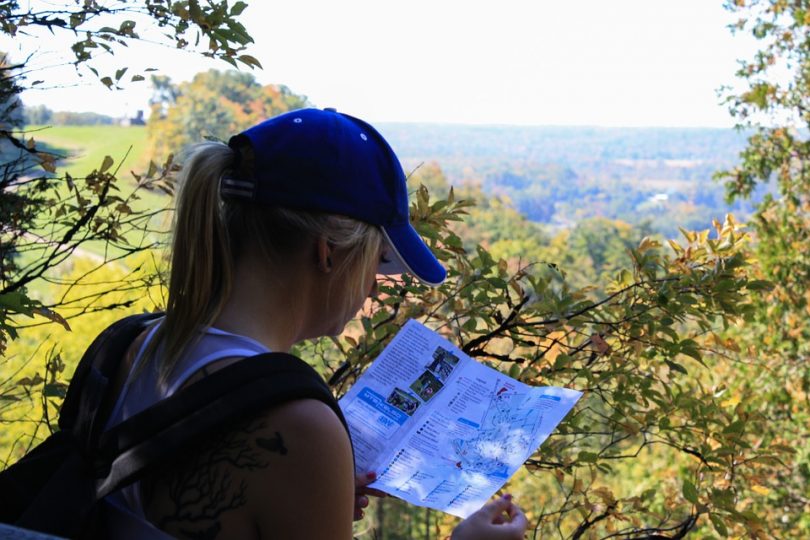
More importantly, perhaps, hiking alone allows you to conquer mental challenges and build up your self-confidence. There’s nothing better for overcoming your fears than facing them.
Now, this is not to say you shouldn’t fear going solo, you absolutely should. But knowing your fears and powering through them is completely different from fearing nothing, which is borderline stupid.
https://hikingwithbarry.com/avoid-wild-animal-attackshttps://hikingwithbarry.com/backpacking-in-the-rainhttps://hikingwithbarry.com/wilderness-first-aidhttps://hikingwithbarry.com/how-to-use-pepper-spray
Another benefit of going alone is the fact that you’ll have much better chances of encountering wildlife and taking some nice pictures if you’re into that sort of thing. Alternatively, you can just enjoy those moments, and wave them as they pass by, without the need to document everything.
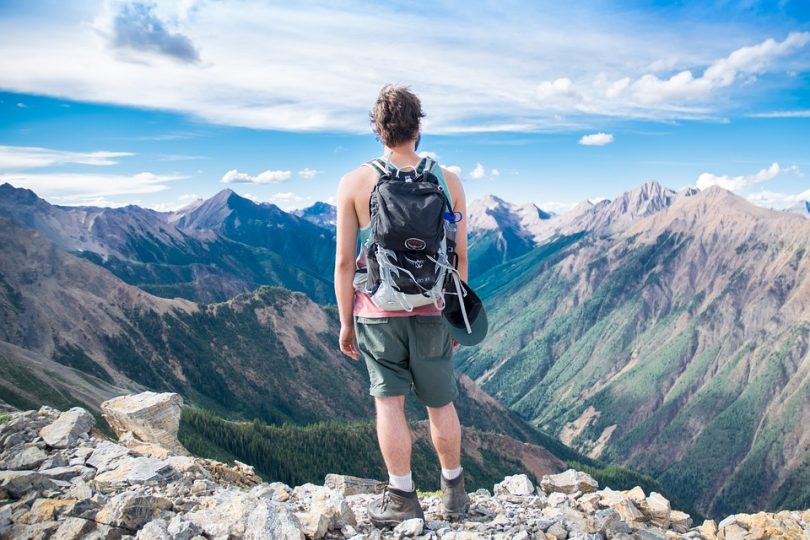
Finally, even if you do start your hike alone, nothing guarantees you’ll finish it alone. Chances are you’ll meet other hikers like you, who’ll match your pace, someone to commiserate with when the first rain catches you before making camp or to celebrate conquering the first peak with.
So, unless you’re quite adamant about being left well alone, there’s the added benefit of meeting a new friend, even if it’s only for a while.
Dangers of Hiking Alone: The Silver Lining
Is hiking alone risky? Well, does a bear do what bears do in the woods?
On the flip side, it’s not any more dangerous than walking the streets –there’s always people, cars and dogs with less-than-conscientious owners to ruin your day. This is not meant to scare anyone, far from it, but if you’re going to let some fear of walking alone through the woods stop you from doing it, you might as well stop getting outside your house altogether.
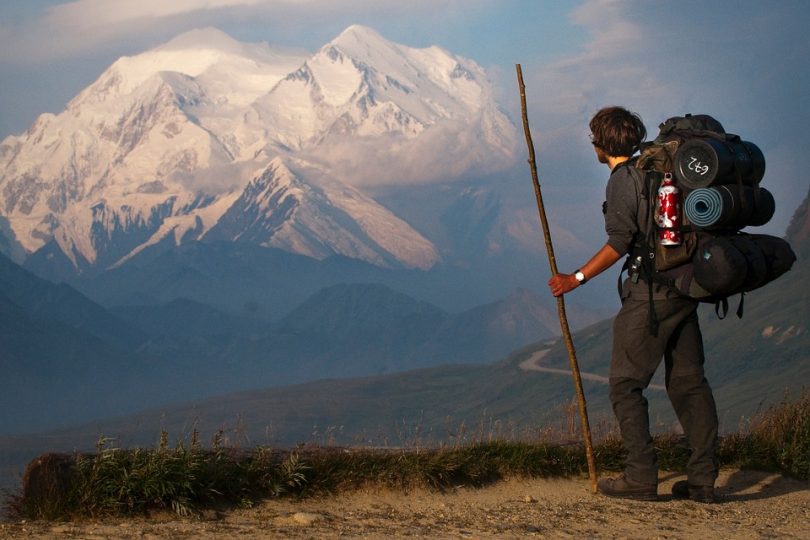
Now, getting back to the topic at hand, we should note that the single greatest danger of hiking alone is getting caught up in it.Us humans are social animals, and we naturally seek company, so going all by oneself can be taxing. Without someone to share the joy with, as well as the burden, the loneliness can become more of a hindrance than a way to unwind.
On that same note, lone hikers have a greater chance of being lost than people hiking in a group, so stay focused.
Another big concern is being attacked by an animal – bears, wolves, cougars, snakes, insects, butterflies, you name it (ok, maybe not butterflies). The best thing to do to avert this gives ample warning by making noise when walking through risky areas. Learn how to avoid wild animal attacks by checking out our earlier piece on the topic.
Most animals will avoid contacts with humans, except mountain lions, which typically prey on lonely hikers (well, not hikers exclusively, they do have a varied diet, it’s just that the risk of a cougar attack is higher if you’re alone). On that note, be sure to have a bear mace with you.
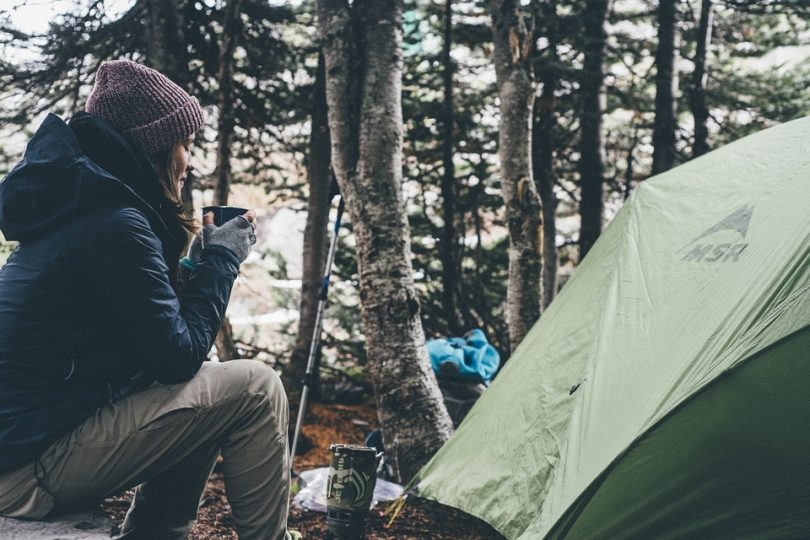
Yet another dangerous animal you might face are other people. Granted, you’re much likely to be on the wrong side of statistics in a city, but one can never be too careful. Best thing to do is stick to well-known trails, not travel at night, and, of course, have a can of bear mace handy.
Of course, there are things far beyond your ability to avoid, such as the weather.To mitigate the risk of having a thunderstorm ruining your afternoon, learn how to read the weather, wear proper gear, and, above all, wear layered clothes (looks like everyone’s mother ever was right). Check out our piece on the best rain backpacking gear for more information.
Then again, there are the force-majeure types of situations where no amount of learning or gear can help you. Think falling rocks and trees, wildfire, flashfloods, regular floods, the list goes on and on.
There are measures, though, that you can take to put yourself in an advantageous position even then –learn how to gauge the terrain, don’t camp under large limbs, close to cliffs or right next to creeks; stay close to a water source, yes, but not that close.
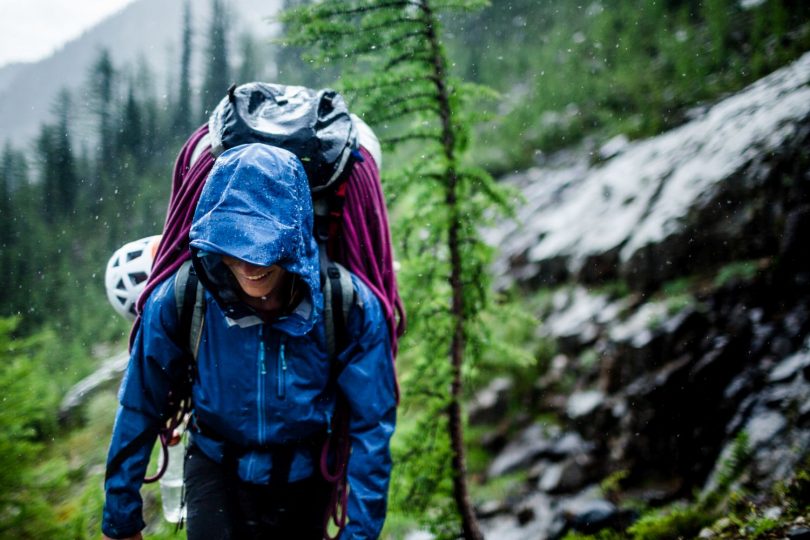
Finally, there are unforeseen (though foreseeable) things such injuries, sprained ankles, or snake bites, which can easily be avoided if you’re careful where you step.In a nutshell, hike steadily, avoid unmarked or trails that have obviously not been used for a long time (lots of growth), and always carry a medi-pack.
Tips for Hiking Alone for First-timers: Do’s & Don’ts of Going Solo
We have to make one thing clear before moving on – if you plan to hike alone, especially if you’ve never done it before, then, regardless of how experienced you are, the best thing to do is pick a known, well-marked and well-groomed trail. You might get the itch to be adventurous but don’t. If you really want to test out a risky trail, or beat a new path, use the buddy system.
The second best piece of advice anyone could give you for hiking alone is to recognize the risks, and then do your best to mitigate them.As we already pointed out, sticking to the trail is a good place to start, but let’s see what else you can do to make your hike as enjoyable as possible.
Step one: PLAN AHEAD!
Whether it’s a day-hike, or a longer stretch, you’ll need to plan it out. Of course, you’ll have to make lots of adjustments once you’re out in the boonies, but having structure will help you keep your head in case of an emergency or hindrance. So, what can you do to help your future self?
A good idea is to make checklists – write down everything you think you’ll need, and make a copy (we’ll get back to that). Contemplate all the what-ifs, and try to find a way to deal with each.
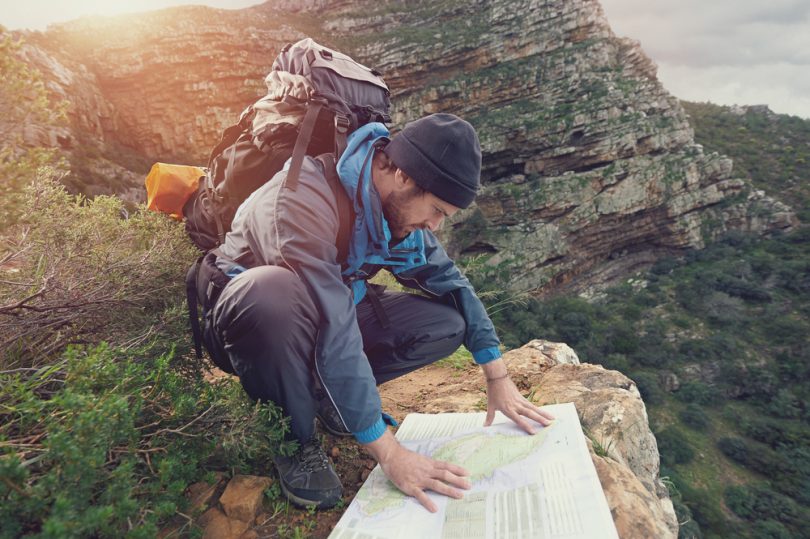
Also, and this is something many people forget about, be sure to hydrate yourself well before you set out. Eat well and drink well in days leading up to your hike, and try to walk wherever you need to go. If you make a habit of hiking every weekend, this will eventually become your second nature. On the flipside, if you aren’t quite a regular hiker, you’ll need the preparation, both physical and mental, before you get out, even if it’s for a day.
Don’t let this discourage you from hiking, by all means, hike. You’ll feel better for it, and your body, as well as themind, will thank you.
Know the Area
Yup, who knew learning to read would eventually pay off? All, jokes aside, though, it’s of utmost importance that you familiarize yourself with the weather patterns in the area you mean to visit, especially if it’s known for flashfloods. Keep in mind,even if the weather’s clear where you’re at, it might be raining heavily in the hills miles from you.
[the_ad_group id=”22″]
Again, cover all the what-ifs, and research the trails and bailout points along them (it’s exactly what it sounds like). Be sure to take baby steps and not go out of your comfort or skill zone.
See also: How To Use Pepper Spray: Interesting Tips and Tricks
On that same note, be sure to find out everything about the wildlife range and safety guidelines (if there are any),and read up on the known hunting areas for wolves and mountain lions, bear tracks, common snakes and where to find them (so that you can avoid them, obviously).

Speaking of wildlife, you should also read up on the locations of any populated area, especially where the bounds of private properties lie (some folks don’t take too kindly to uninvited guests). Another good idea is to get the list of all the frequencies and contact numbers for any rescue service in the general locale.
Safety First
As you’ll hear it ad nauseam wherever you go, the most important thing about hiking alone is to take the issue of safety seriously. Once you put yourself in a position that nothing can harm you, you can enjoy the experience to the fullest.
Here are a few things you might want to take with you to the wilds:
- Spot beacon;
- Fully charged VHF (optional);
- Bear mace (works well as a security blanket, too);
- Map;
- Compass;
- Bug spray;
- Plan of your trip (never could hurt – you might need a point of reference or extra tinder for the fire).
While we’re on the subject, you should make sure to tell someone where you’re going and leave a copy of your plan with them.Also, read up on snakes and learn to tell the difference, seeing as the doctors administering the antidote will have to know which species it was that bit you.
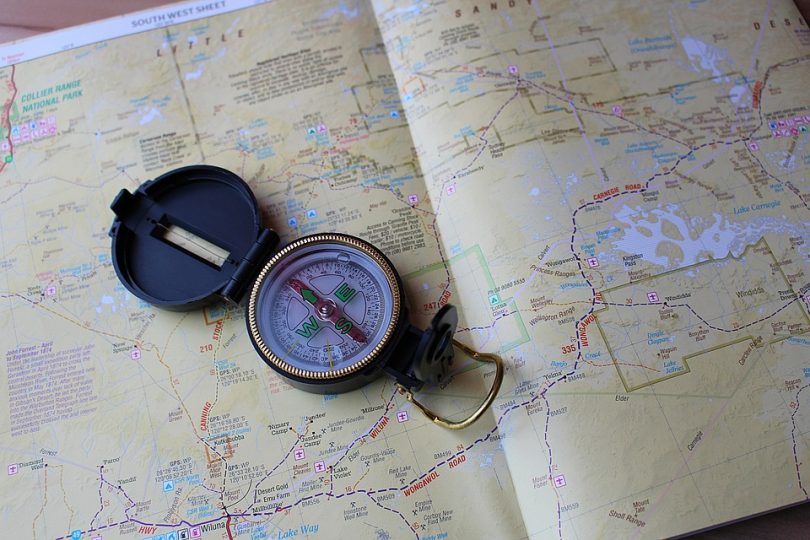
In regard to things you yourself can do in those cases, the best thing is to keep your cooland keep the venom from spreading – bandage, splint and immobilize whichever limb it was. However, your primary goal is to get help and reach a hospital.
Supplies
Like with any other trip, it’s important that you pack everything you need, and don’t be afraid to over-pack. Here’s another list of things you should pack, regardless of whether it’s a day-hike or a longer stretch:
- First-aid kit– you can buy it from the Red Cross Store, or make your own;
- Sun protection – glasses, hats, creams, anything goes;
- Some basic tools (knife, hatchet, machete if you’re going bushwhacking – all optional);
- Fire-starter (both matches and a lighter);
- Food – obviously, a sandwich or two never hurt anyone, especially on day-hikes; for longer deals, you might want to bring some canned goods;
- Snacks – these are different from food; snacks are as much as morale booster as nutrients;
- Water – plenty of water, gallons of water, if you can take the load;
- Insect repellent – for the love of Cthulhu, don’t forget this one!

Practice Makes Perfect
All the medical supplies in the world won’t do you any good if you don’t know how to use them; this goes double when you’re out alone since you won’t have anyone around to pick up the slack.
So, don’t lull yourself into a false sense of security by just theoretically “knowing” what’s what in your first-aid kit, or what the shelter “should” look like after you’ve built it. Nothing beats a hands-on approach, so take some time to practice all these things. To learn how to give wilderness first aid, check out our article on the topic.
Know your limits
It’s always best to err on the side of caution, so when you’re planning out your hike (especially if it’s your first), be honest with yourself and realistic about your abilities, your endurance and pain threshold. Know thyself, as the Ancients used to say, and choose accordingly.
If you get winded getting the mail, maybe a thru-hike on the Appalachian Trail is not really up your alley. Always pick a shorter trail than you think you can manage, and you’ll be OK.

On that same note, don’t overexert yourself if you get a sudden confidence boost after finishing the first leg sooner than expected. Also, don’t fall into the temptation of going off the trail to explore some tracks or funny noise. Stick to the path, and above all, listen to your instincts.
If that nagging voice at the back of your head tells you to not rappel down the pretty waterfall, or jump over a three-foot crevice, the smartest thing you could do is listen to it.
Bring company
It sounds funny, but give it a thought – the greatest advantage of hiking alone is at the same time its greatest drawback, hiking alone.
To put it in a way that makes more sense –when you’re alone, the weight of that loneliness sits heavy on your shoulders, so it’s easy to become despondent, even careless. This, in turn, can bring you into a heap of trouble.
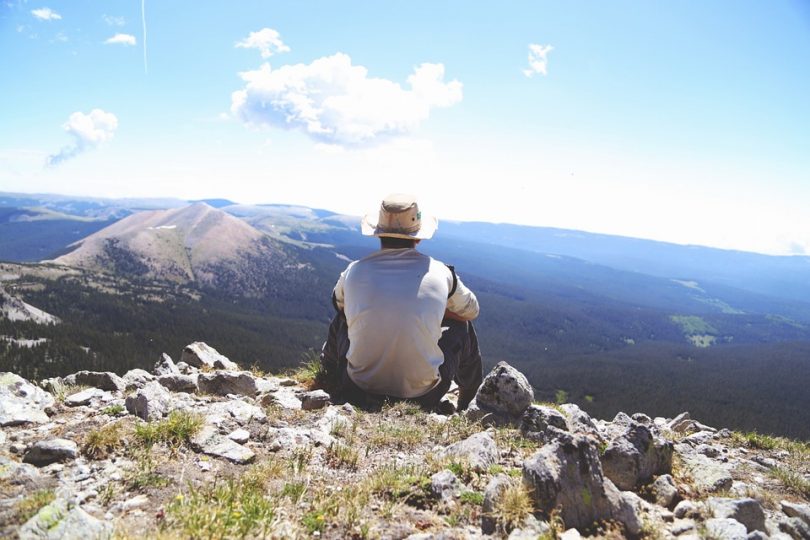
A good trick is to think about yourself not as you, but as a person you are with – it’ll not only give you an inkling of your shortcomings but also provide you with some company along the way. Feel free to comment to yourself, and express doubts aloud (this goes double if you’re in bear country)
Assign yourself milestones
Assigning milestones to yourself is a great way to parcel up the trail into manageable legs, so we recommend it to people just getting interested in hiking.
Take a bite of chocolate every five miles, or a beer when you climb over and down the first big peak (don’t worry, you’ll sweat it out in no time).You could even treat yourself to a nice ice-cream sundae once you make it to the next town.
Afterthought
Most hiking trails don’t begin right behind your house, so you’ll need to go there, either by bike (short distances) or by car, so make sure your vehicle is up to it. There’s nothing worse than coming back from a grueling hike to a car that won’t start, or, worse yet, dies on you halfway home.
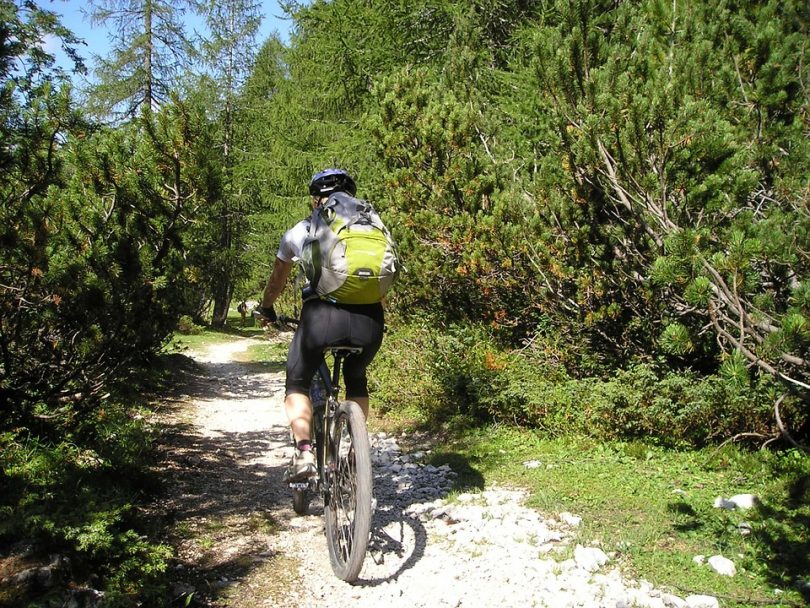
Just as you prepare your body for a hike, so should you prepare your vehicle for a drive.Be sure to check the coolant, the tires, as well as the oil, and don’t forget to fill up the tank and bring a spare tire
Tips for Women Hiking Alone
There are no tips specifically aimed at women. You just read everything you need to know above.You’re an individual, and your gender is not the be-all-and-end-all of your identity, so stop looking the world through those lenses.
[the_ad_group id=”23″]
Granted, you might have heard stories about bears and that ladies’ problem men don’t like talking about (hint hint), so we might as well clarify the matter here. Yes, studies dealing with this are sparse, but what they do tend to show overwhelmingly is that food is a far greater risk than menstrual blood when it comes to grizzlies and black bears.
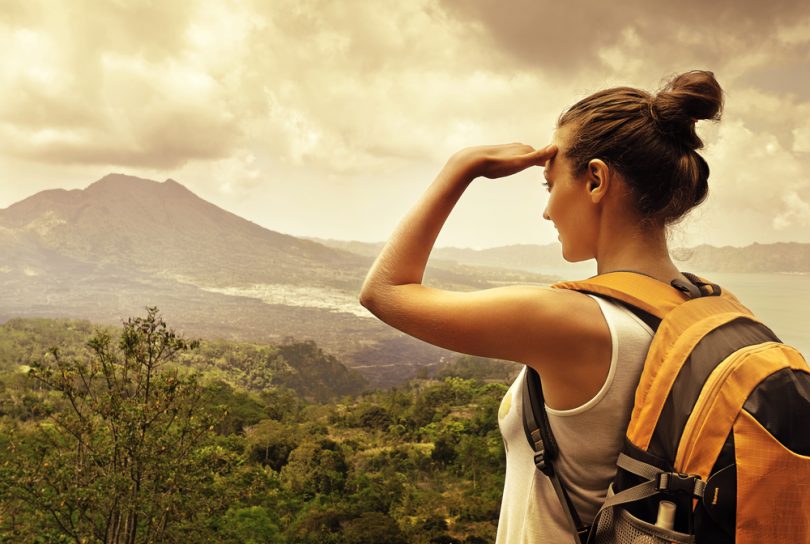
Admittedly, the matter is still hotly debated. Polar bears, however, are a completely different story, as the same studies have shown that they are almost as attracted to period blood as they are to seals. Funnily enough, it would appear that both sides in this debate agree on that account, so there’s little reason to doubt that.
Other than this small caveat, there is absolutely nothing to add here. Happy trails!

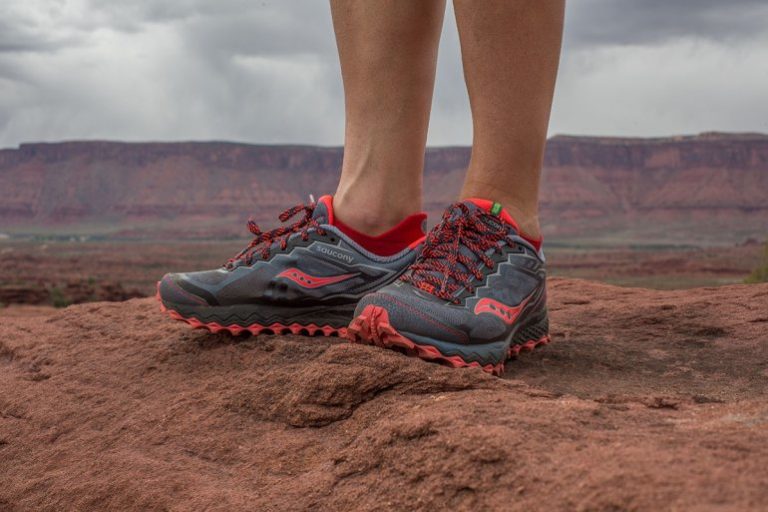

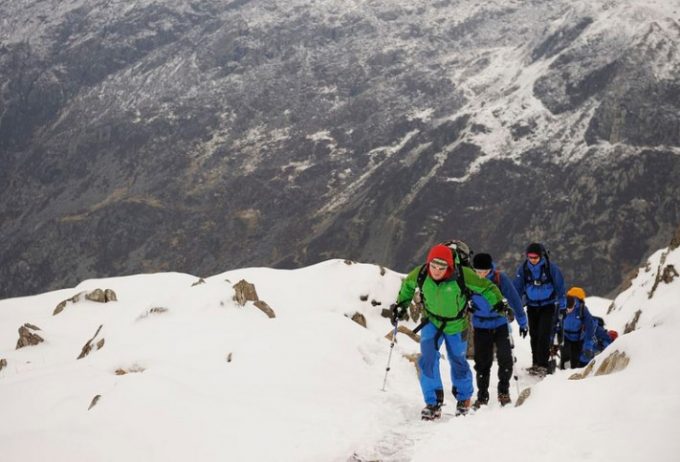
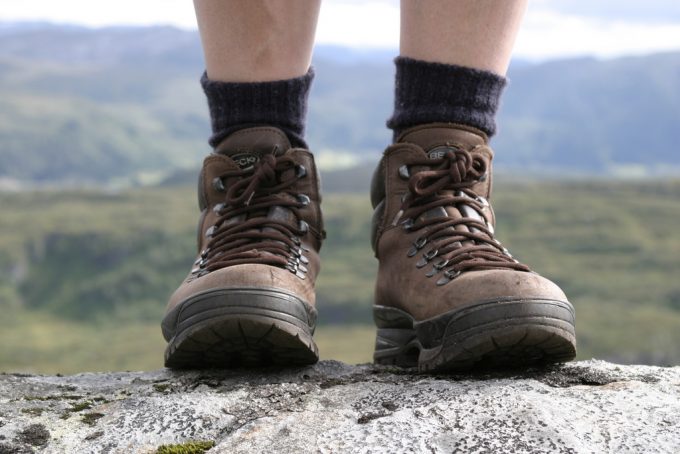
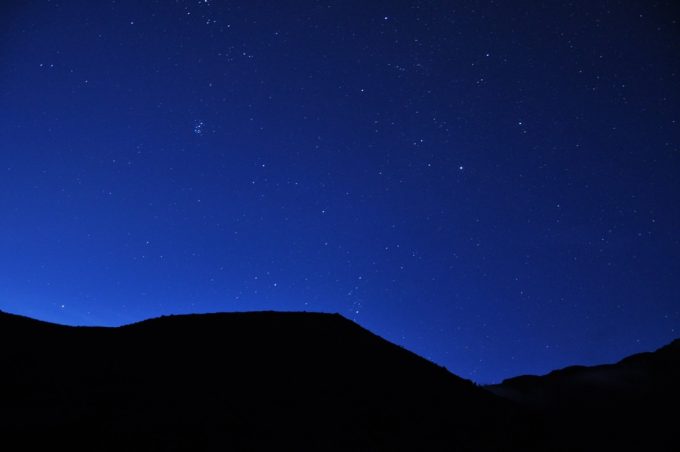
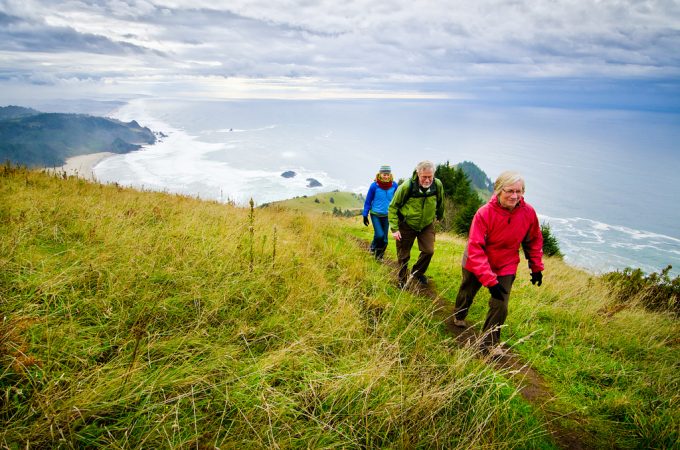
I had been considering my first solo trip without the wife for some time now. I was thinking something in the Ozarks, but I have never been out there before. My main concerns involve injury. I have a weak ankle and knee in my right leg, and it prohibits me from running. I would imagine most people run into other hikers on the trail, though.
That is a good thought because many encounter injury during their trips. However it can be prevented by wearing the right hiking books that will protect as well as secure your ankle. Ensure that you have a first aid kit with you at all times that both can help with a possible injury as well as call other hikers’ attention.
I had been considering my first solo trip without the wife for some time now. I was thinking something in the Ozarks, but I have never been out there before. My main concerns involve injury. I have a weak ankle and knee in my right leg, and it prohibits me from running. I would imagine most people run into other hikers on the trail, though.
That is a good thought because many encounter injury during their trips. However it can be prevented by wearing the right hiking books that will protect as well as secure your ankle. Ensure that you have a first aid kit with you at all times that both can help with a possible injury as well as call other hikers’ attention.
As far as the stuff about periods, I bring Glad Rags and my Diva Cup. I only use the rags when I’m sleeping, and I bring enough for as many days as I will be out. The Diva Cup is great because I just need to rinse it out during breaks. I have never noticed any extra bear attention, but I don’t hike with polar bears very often.
Hi Renee! Those are quite good options for women who are alway out hiking or camping as these are more environmental friendly. Great to hear that you don’t get extra bear attention, but be on the safe side always. Wish you good luck on your next adventure!
As far as the stuff about periods, I bring Glad Rags and my Diva Cup. I only use the rags when I’m sleeping, and I bring enough for as many days as I will be out. The Diva Cup is great because I just need to rinse it out during breaks. I have never noticed any extra bear attention, but I don’t hike with polar bears very often.
Hi Renee! Those are quite good options for women who are alway out hiking or camping as these are more environmental friendly. Great to hear that you don’t get extra bear attention, but be on the safe side always. Wish you good luck on your next adventure!